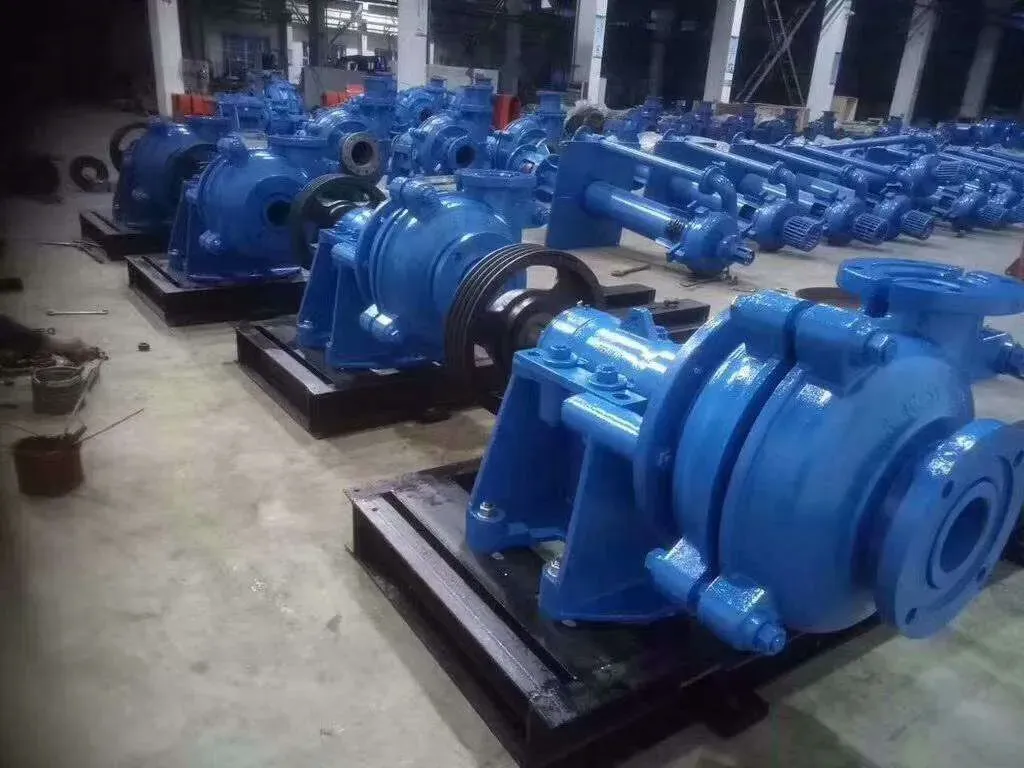Swahili
- Afrikaans
- Albanian
- Amharic
- Arabic
- Armenian
- Azerbaijani
- Basque
- Belarusian
- Bengali
- Bosnian
- Bulgarian
- Catalan
- Cebuano
- Corsican
- Croatian
- Czech
- Danish
- Dutch
- English
- Esperanto
- Estonian
- Finnish
- French
- Frisian
- Galician
- Georgian
- German
- Greek
- Gujarati
- Haitian Creole
- hausa
- hawaiian
- Hebrew
- Hindi
- Miao
- Hungarian
- Icelandic
- igbo
- Indonesian
- irish
- Italian
- Japanese
- Javanese
- Kannada
- kazakh
- Khmer
- Rwandese
- Korean
- Kurdish
- Kyrgyz
- Lao
- Latin
- Latvian
- Lithuanian
- Luxembourgish
- Macedonian
- Malgashi
- Malay
- Malayalam
- Maltese
- Maori
- Marathi
- Mongolian
- Myanmar
- Nepali
- Norwegian
- Norwegian
- Occitan
- Pashto
- Persian
- Polish
- Portuguese
- Punjabi
- Romanian
- Russian
- Samoan
- Scottish Gaelic
- Serbian
- Sesotho
- Shona
- Sindhi
- Sinhala
- Slovak
- Slovenian
- Somali
- Spanish
- Sundanese
- Swahili
- Swedish
- Tagalog
- Tajik
- Tamil
- Tatar
- Telugu
- Thai
- Turkish
- Turkmen
- Ukrainian
- Urdu
- Uighur
- Uzbek
- Vietnamese
- Welsh
- Bantu
- Yiddish
- Yoruba
- Zulu
Telephone: +86 13120555503
Email: frank@cypump.com
Oktoba . 09, 2024 04:27 Back to list
efficient solutions for transporting heavy concrete slurry ...
Efficient Solutions for Transporting Heavy Concrete Slurry
In the construction industry, the need for efficient transportation of heavy concrete slurry has become increasingly paramount. Concrete slurry is often used in various applications, including foundations, anchors, and various structural elements. Due to its dense and viscous nature, transporting this material can pose significant challenges, especially over long distances or challenging terrains. This article explores innovative and efficient solutions for effectively transporting heavy concrete slurry while ensuring minimal waste and optimal performance.
One of the primary solutions involves the use of specialized pumps. High-performance concrete pumps, particularly those designed for heavy mixtures, can significantly enhance the transport process. These pumps maintain consistent pressure and flow rates, overcoming the inherent thickness of concrete slurry. Using a trailer-mounted or truck-mounted concrete pump can also increase mobility, allowing operators to quickly relocate to different job sites without losing valuable time.
Moreover, advancements in pump technology have facilitated the development of continuous flow pumps. These systems are engineered to handle heavy-duty tasks, providing a steady output of concrete slurry and reducing downtime. Continuous flow pumps also eliminate the risk of material settling, which is a common issue with traditional pumping systems. By keeping the slurry in motion, these pumps ensure even mixing and consistent delivery, ultimately leading to better quality results.
Another promising solution is the implementation of concrete transport systems, such as conveyor belts or auger systems. These systems can be particularly advantageous for transporting slurry over short distances, as they minimize the need for manual handling and the risk of spillage. Conveyor belts offer the added benefit of being easily adjustable in height and length, allowing for seamless integration into various construction sites. Augers, on the other hand, are adept at moving slurry through constrained spaces, making them ideal for urban environments or areas with limited access.
efficient solutions for transporting heavy concrete slurry ...

In addition to mechanical solutions, optimizing the composition of concrete slurry can also enhance its transportability. Modifying the water-cement ratio can improve fluidity, making it easier to pump and transport. Furthermore, incorporating admixtures designed to reduce viscosity can significantly enhance the handling properties of the slurry without compromising its structural integrity. These chemical solutions not only facilitate easier transportation but also contribute to achieving better adhesion and durability in the final product.
Another innovative approach involves utilizing modern robotics and automation in transport logistics. By implementing automated guided vehicles (AGVs) or drones for on-site transport, construction companies can streamline the delivery of heavy concrete slurry. These technologies can navigate challenging terrains and reach remote areas that may be difficult for traditional vehicles, thus enhancing efficiency and productivity. Even more, AGVs can operate independently, allowing workers to focus on other critical tasks while maintaining uninterrupted slurry delivery.
Training and safety protocols for workers involved in transporting heavy concrete slurry are equally important. Ensuring that personnel are knowledgeable about handling equipment, understanding the properties of the materials being transported, and adhering to safety guidelines can minimize accidents and enhance overall efficiency. Regular training sessions and evaluations can help maintain high standards throughout the operation.
In conclusion, as the construction industry faces the ongoing challenge of transporting heavy concrete slurry efficiently, a combination of advanced technology, optimized material composition, and worker training can pave the way for improved performance. By embracing innovative solutions such as specialized pumps, modern transport systems, and automation, companies can not only enhance efficiency but also reduce costs and waste. As the demand for high-quality construction continues to grow, investing in such solutions will be crucial for maintaining a competitive edge in the market.
-
Horizontal Split Case Pump with GPT-4 Turbo | High Efficiency
NewsAug.01,2025
-
ISG Series Pipeline Pump - Chi Yuan Pumps | High Efficiency, Durable Design
NewsAug.01,2025
-
Advanced Flue Gas Desulfurization Pump with GPT-4 Turbo | Durable & Efficient
NewsJul.31,2025
-
ISG Series Vertical Pipeline Pump - Chi Yuan Pumps | Advanced Hydraulic Design&Durable Construction
NewsJul.31,2025
-
ISG Series Vertical Pipeline Pump - Chi Yuan Pumps | Energy Efficient & Low Noise
NewsJul.31,2025
-
pipeline pump - Chi Yuan Pumps Co., LTD.|High Efficiency&Low Noise
NewsJul.31,2025










